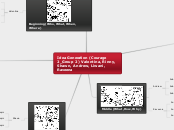von jo-jo lunzman Vor 13 Jahren
5405
Short Story Cheat Sheet!
The development of a story involves several key elements that guide the narrative and engage readers. It begins with an introduction that sets the stage, providing the necessary background and presenting the characters.









